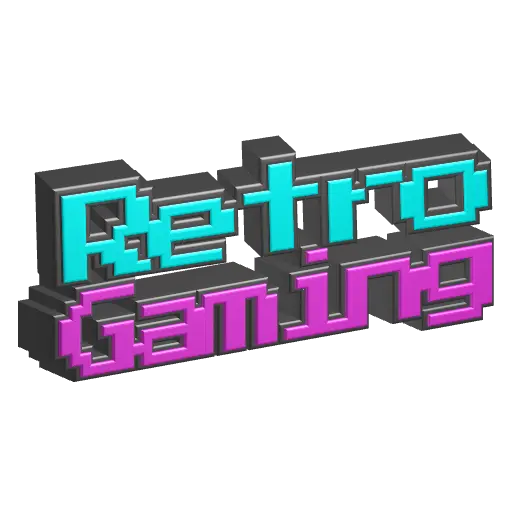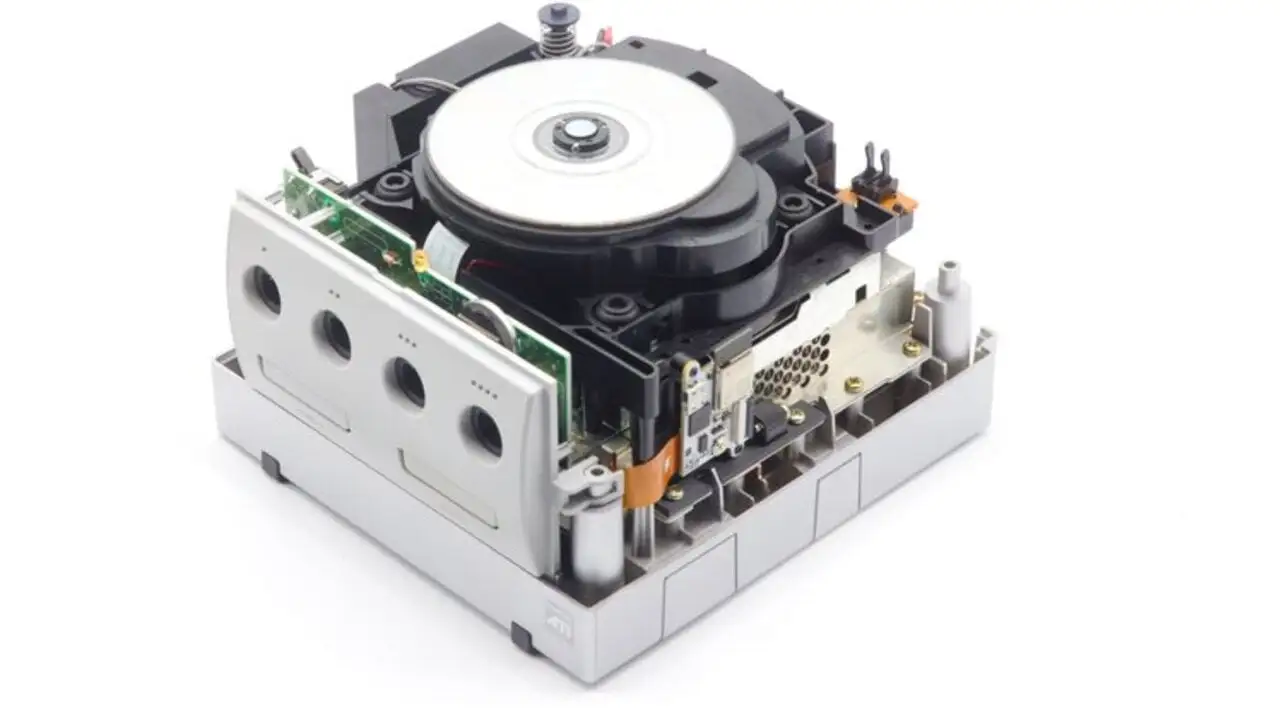FlippyDrive for GameCube: A Budget-friendly Alternative to Optical Disc Emulators
Update: Pre-orders now available through Crowd Supply
It’s no secret that the reliability of retro console optical drives is a significant concern for gamers. The $38 ‘FlippyDrive’ Optical Drive Emulator (ODE) offers an innovative solution, allowing users to retain their GameCube’s original disc drive while loading games from solid-state media.
- Price: $38
- Release: January 2025
- Features include no-solder installation, SD card or Wi-Fi capability, and the ability to stream audio. This compact solution is compatible with the Raspberry Pi Pico W platform and boasts enhanced performance compared to existing alternatives like SD2SP and Broadband adapters.
The FlippyDrive’s design aims to improve upon existing ODEs by providing a faster loading speed than SD2SP2, BBA, or memory card loaders. It utilizes the Swiss programme for game loading but the team area also developing in-house software, CubeBoot, known for its attractive user interface.
Check out Macho Nacho’s YouTube video about the FlippyDrive.
For those interested in exploring this unique modding option for their GameCube, you can preorder yours now here.
Have you used an ODE before? How do the features of the FlippyDrive compare?
I’m not a strong willed man. Backed it because the cube still is one of my most loved consoles of all times and the project is rad.
Why can’t we get something like this for the Dreamcast :)
I JUST got Swiss running on my gc last week, lol.
Time to buy this, I guess!
Update… I just bought one 😁
I nerd-sniped myself regarding the PSP, maybe a year ago - wondering if a simpler drive could’ve made optical media a better idea.
I think you can use an optical mouse sensor.
Optical mice are tiny greyscale cameras that operate at ridiculously high framerates. Generally it’s to identify and track minuscule points on a surface… to identify motion. But some very similar tracking (especially when the direction and speed are so predictable) could decode some sliver of the image as a binary signal. Any sliver of the image. So there’s no need for twitchy high-precision tracking. You’re not bouncing a laserbeam off a ridgeline approximately the width of a laserbeam. You’re using an LED to light a square millimeter of rapidly-spinning spiral, and if the disc is a little off-center, you’re watching the ridgeline wiggle back and forth on-camera. Whoop de doo.
Now - this is useless. Total faff. A too-clever what-if, two decades out of date, when even itty-bitty Switch cartridges outweigh full-size dual-layer Blu-Rays.
But it might be the kind of useless where niche maniacs clone an optical drive that’s also two decades out of date.




